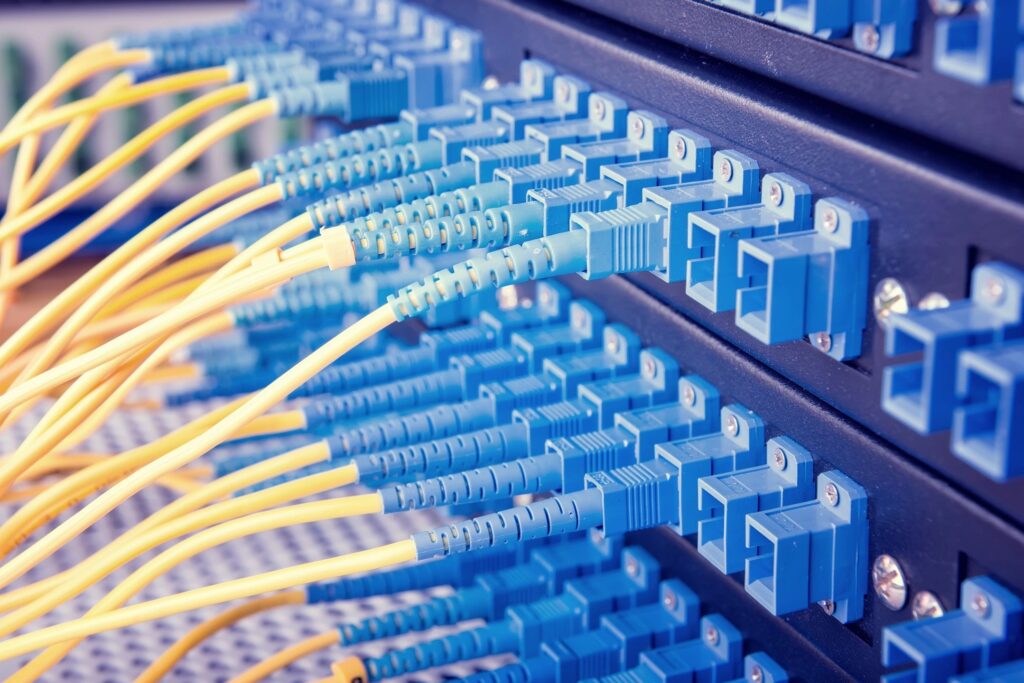Electrical Characteristics and Terms for High-speed Data Systems
High-speed data (greater than 1Mb/sec) in digital systems requires precise cable electrical performance. By having the correct balance of properties, the conductor size, dielectric material and wall thickness, the cable design engineer can produce electronic cables that are tailor-made to transmit high-frequency digital data pulses over the greatest distances. The signal output from these cables preserves the required wave form definition and will eliminate, or at least minimize, data errors. Below details some of the factors and characteristics to consider when planning a high-speed data system.
Dissipation factor (DF), otherwise referred to as the power factor. The dissipation factor is defined as the reciprocal of the ratio between the insulating material’s capacitive reactance to its resistance at a specified frequency. It measures the inefficiency of an insulating material. This is a measure of the dielectric losses in an electrical insulation when used in an alternating electric field and of the energy dissipated as heat. In electrical wire and cable products, a low dissipation factor is important because itindicates low AC dielectric losses.
Dielectric constant is used to determine the ability of an insulation to store electrical energy. The dielectric constant is the ratio of the capacitance induced by two metallic conductors with an insulator between them.
Capacitance describes the ability of two electrical conductors, which are separated by a distance or dielectric material, to store an electric charge between them. An example of this is when a cable or harness with two or more wires can store a charge and this stored charge can affect the way the cable performs. A high-capacitance cable slows down the voltage rise time and decay time for each pulse, effectively distorting the data. A pair of conductors separated by a dielectric is a capacitor. Capacitance is measured in picofarads (pF/ft.). Low-capacitance cables maintain the required wave shape and minimize possible data errors. A lower capacitance cable performs better than higher capacitance cable. The low-capacitance cable is required with high-speed data, thus providing less distortion.
Resistance and reactance combine to form impedance, which is defined in terms of two-dimensional quantities known as complex numbers. When alternating current passes through a wire that contains reactance, energy is alternately stored in the insulation and released from a magnetic field or an electric field.
Impedance is a term expressing the ratio of voltage to current in a cable of infinite length.
Velocity of propagation, commonly called velocity, is the ratio of the speed of the flow of an electric current in an insulated cable to the speed of light.
50 Ohm and 75 Ohm values refer to the impedance customarily used in coaxial cable designs. Impedance is a measure of resistance in the cable to the flow of electrical energy. 50 Ohm cables are typically for data applications, whereas 75 Ohm cables are routinely used for video applications.
Our experts have a deep understanding of the electrical terms and how they are all interrelated in determining the correct insulation systems and cable designs to meet the specific needs of your application.
Visit anixter.com/contact to get in touch with an expert.






























































